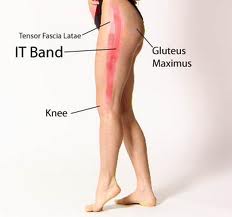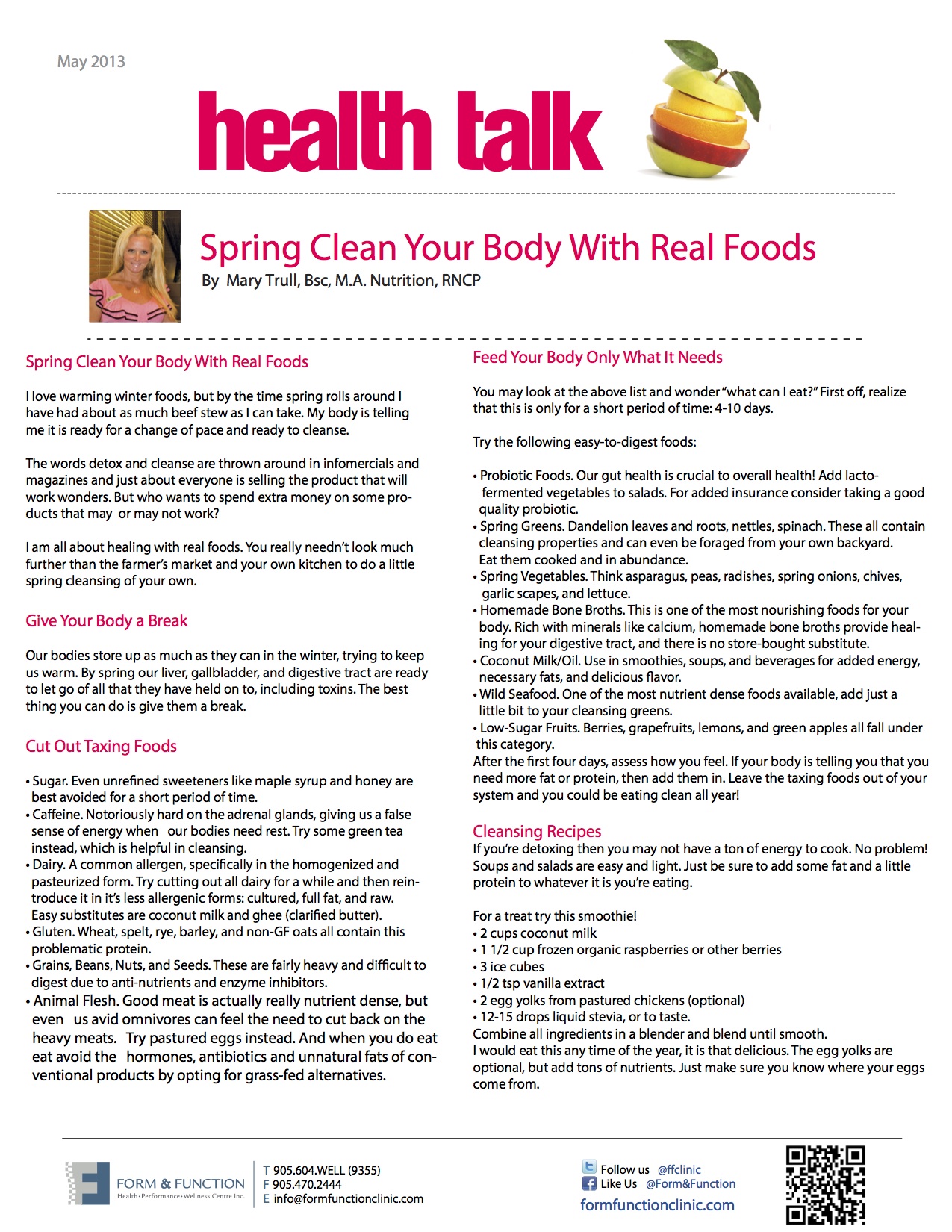Summer is here which means there will be plenty of heat and humidity outside. Here are some tips to stay on top of the summer weather during your outdoor activities/exercise:
– Stay hydrated. Drink water regularly and do so before you get thirsty. Drinking water when you are thirsty is often too late if you want to have peak performance outdoors in the heat. Also, sweating is essential for cooling off but it also causes loss of fluids. Replenishing these fluids help you stay cool.
– Stay cool. Wear lighter colours and breathable clothing. Lighter colours reflect the sun and cause less heat absorption. Breathable clothing allow for more evaporation and thus cooling. Also, take breaks to find shade from the sun. Too much direct sunlight can cause your body to overheat which can lead to severe problems.
– Stay aware. Be conscious of how you are feeling. If you feel fatigued, dizzy, nauseated, weak and/or experience muscle cramps, TAKE a BREAK from the sun. If you don’t, you may risk developing heat stroke which can be life-threatening. If these symptoms are prolonged or severe, you may need to go to the ER.
– Plan ahead. Be sure to look at the weather forecast and prepare for it. Know that increase humidity means less possible evaporation so you do not cool off as fast through sweating. Know the peak heat times are usually in the afternoon so plan vigorous exercises for morning or evening times.
– Stay fit. Having a base level of fitness is important if you plan to do activities outdoors in the heat. Your body tends to adapt quicker to the environment if you are more fit. If you plan on starting or returning to exercise, especially outdoors in the heat, come in to Form & Function for a fitness screen and an individualized exercise plan. Doing exercises correctly and with the right parameters is important in getting the most out of your exercise plan.
Take care and enjoy the summer weather!
Manni Wong
Registered Physiotherapist
 cklist
cklist


